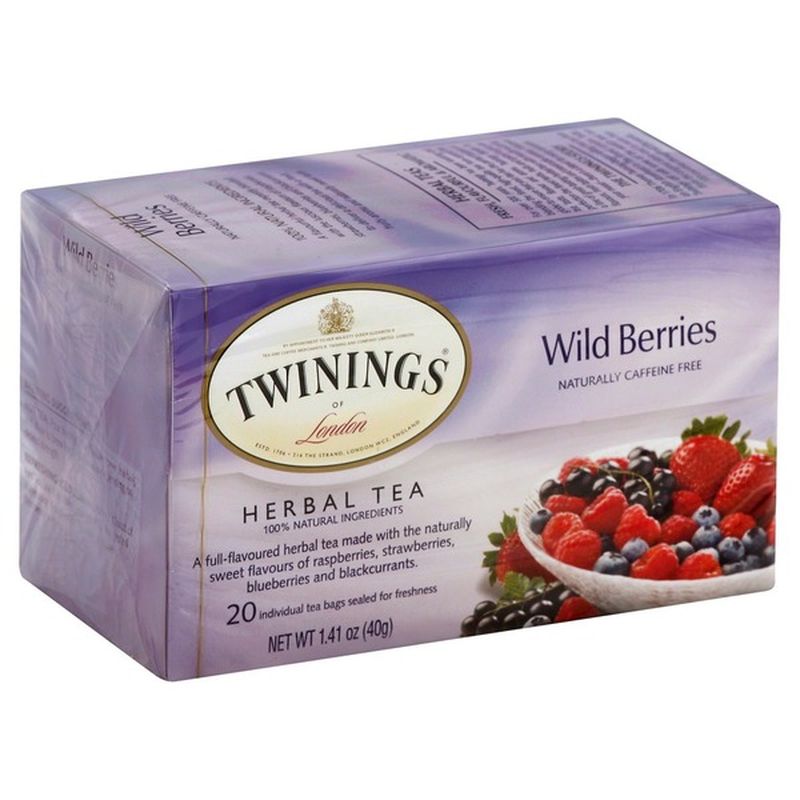


These dried flowers are plucked from daisy-like plants in the Asteraceae family, whether German ( Chamomilla recutita) or Roman ( Chamaemelum nobile). To determine which infusion is best for your cup, consider five main categories of tisanes: flowers roots fungi and fruits and herbs, leaves, shrubs and trees. Unlike green tea, which requires a specific water temperature and brewing time to avoid astringent overextraction, you can just add boiling water and let sit for 4–5 minutes. When shopping for tisanes, look for reputable purveyors and buy quality or organic products when possible.
#CAFFEINATED HERBAL TEA HOW TO#
How to Use Your Favorite Wine to Find the Perfect Tea “From that chaos arises a need for stability, control or the establishment of rituals that bring us joy and ground us… Without sounding too cliché, enjoying a cup of tea is a warm hug you can give yourself.” “Many of us are languishing in feelings of doubt, loss and desperation, or any combination of all three these days,” she says. Tartasky believes there are emotional benefits to tisanes, too.

Used in teas and tisanes, the pale yellow flowers, bark and heart-shaped leaves of linden trees taste akin to woodsier chamomile / Getty “Folks are flocking to it for a multitude of reasons, looking for alternatives to caffeine, soda and wine, or potential medicinal properties,” she says. Meg Tartasky, chief of sales and operations for MEM Tea Imports in Massachusetts, has observed an uptick in tisane consumption since the beginning of the pandemic. Herbal teas, also known as tisanes, steep parts of other plants in water to produce a flavored, hot drink, and most are caffeine-free. White, green, oolong, black or pu’er teas come from the leaves of the Camellia sinensis plant, which has caffeine. While these beverages are marketed frequently as “herbal tea,” the term is a misnomer. In less than a year, the fine tea purveyor offered everything from single-origin chamomile to custom herbal blends featuring indigenous Bhutanese mistletoe. “When I started, we didn’t sell herbals or flavored teas,” says Sebastian Beckwith, who founded In Pursuit of Tea in 1999.


 0 kommentar(er)
0 kommentar(er)
